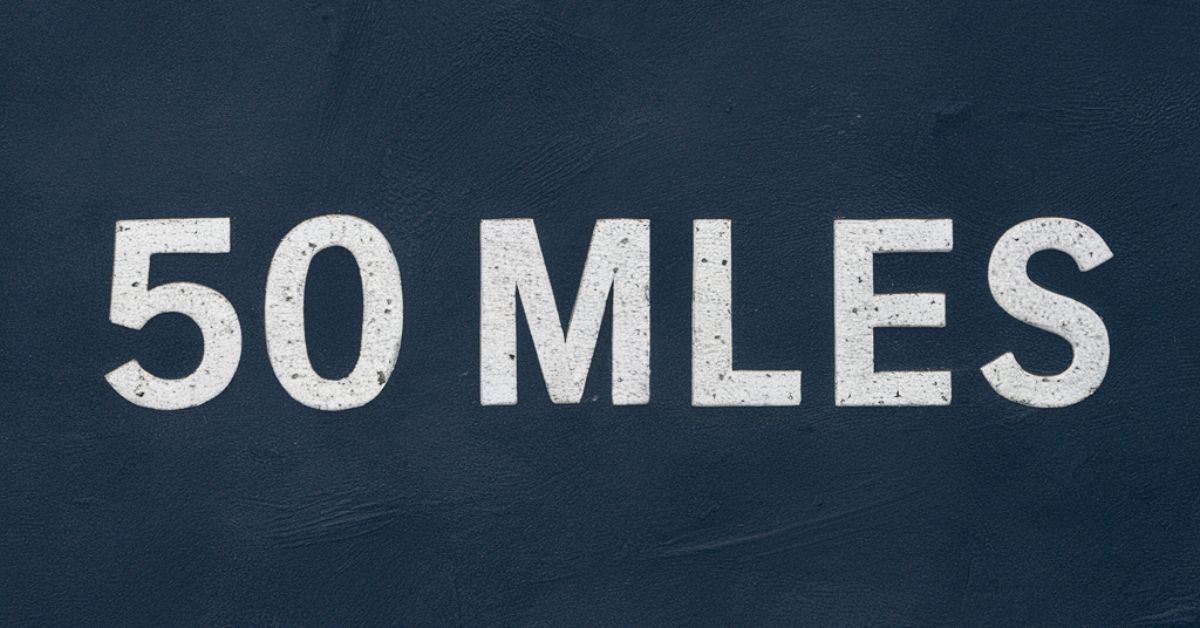In our daily lives, we often encounter distances measured in miles, but it can be challenging to visualize exactly how far a specific distance like 50 miles truly is.
To put this distance into perspective, it’s helpful to compare it to familiar landmarks, events, and everyday experiences. This article will explore various comparisons to help you better understand the scale of 50 miles and its significance in different contexts.
How Long is 50 Miles to Walk?

Walking 50 miles is no small feat and would require a significant amount of time and physical endurance. For the average person walking at a moderate pace of about 3 miles per hour, it would take approximately 16 to 17 hours to cover this distance without breaks. This assumes continuous walking without stopping for rest, food, or other necessities.
In reality, such a journey would likely be spread over multiple days for most people. A more realistic scenario might involve walking 10-15 miles per day, which would make the 50-mile trek a 3 to 5-day adventure. This kind of extended walk would be comparable to a multi-day hiking trip or a long-distance walking challenge.
How Long is 50 Miles to Walk?
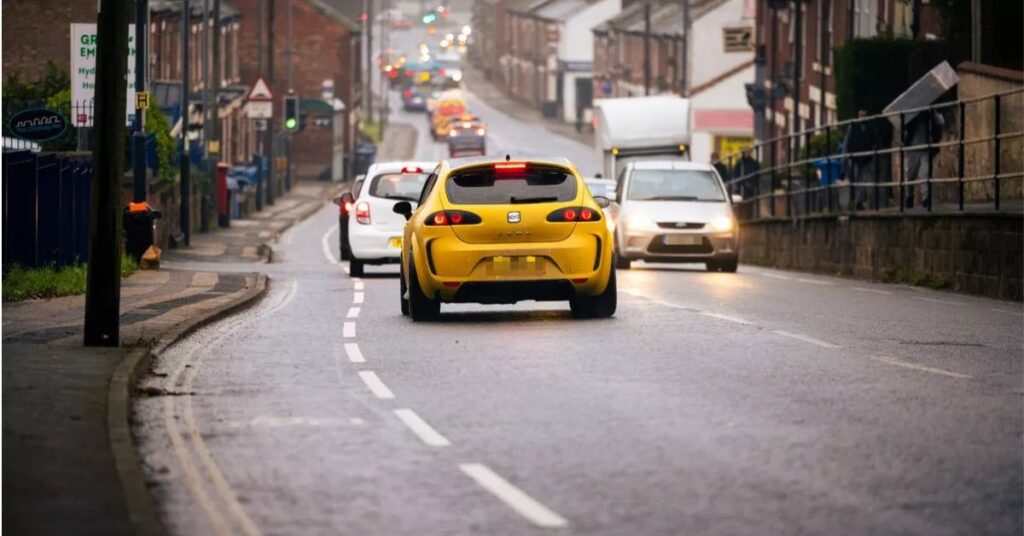
When it comes to driving, 50 miles is a distance that many people cover regularly, especially for commutes or weekend trips. The time it takes to drive 50 miles can vary greatly depending on several factors, including:
- Speed limits: On highways with higher speed limits, you might cover 50 miles in about 45 minutes to an hour. On slower roads or in urban areas with lower speed limits, it could take 1.5 to 2 hours or more.
- Traffic conditions: Heavy traffic can significantly increase travel time. A 50-mile drive during rush hour in a busy metropolitan area might take several hours.
- Road type: Interstate highways generally allow for faster travel compared to local roads with frequent stops and turns.
- Weather: Adverse weather conditions like rain, snow, or fog can slow down travel and extend the time needed to cover 50 miles.
- Vehicle type: The type of vehicle you’re driving can affect your speed and, consequently, your travel time.
On average, assuming good road conditions and moderate traffic, a 50-mile drive might take anywhere from 45 minutes to 1.5 hours. This makes it a reasonable distance for a day trip or a longer commute, but not so far as to require an overnight stay for most travelers.
READ THIS BLOG : 11 Things and Animals That Are 10 Feet Long
12 Common Comparisons of 50 miles
To better understand the scale of 50 miles, let’s explore twelve common comparisons that can help visualize this distance in various contexts.
1. 40X Kentucky Derby Race

The Kentucky Derby, one of the most famous horse races in the world, is run over a distance of 1.25 miles. To reach 50 miles, you would need to run the Kentucky Derby 40 times. This comparison highlights just how much longer 50 miles is compared to a traditional horse race, emphasizing the endurance required to cover such a distance.
2. 12X The Sunshine Skyway Bridge
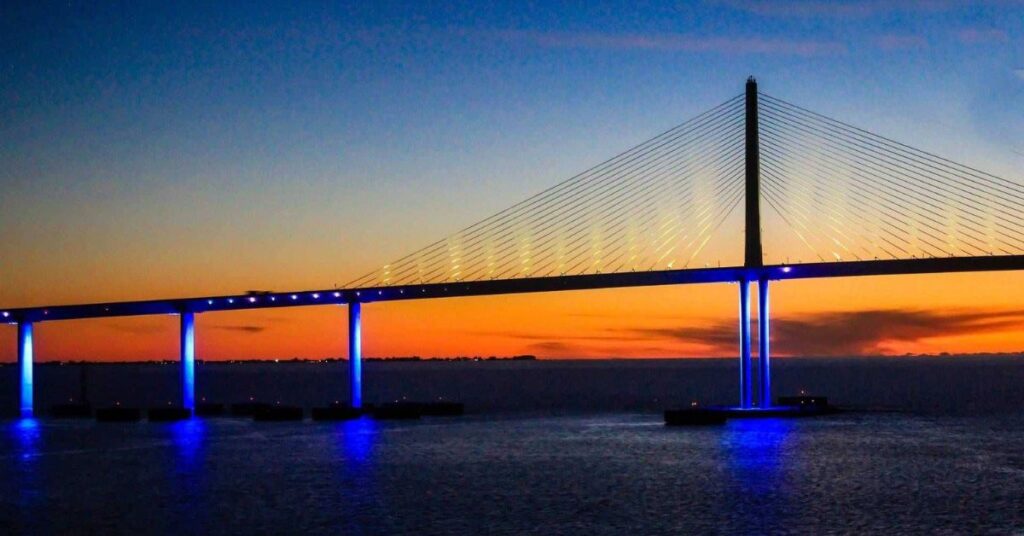
The Sunshine Skyway Bridge in Florida spans a length of about 4.1 miles. To reach 50 miles, you would need to traverse this impressive bridge 12 times. This comparison helps visualize 50 miles in terms of a significant infrastructure project, giving a sense of the scale involved in covering this distance.
3. Twice the Length of Marathon

A standard marathon race is 26.2 miles long. Covering 50 miles would be equivalent to running almost two full marathons back-to-back. This comparison is particularly useful for runners and sports enthusiasts, as it relates the distance to a well-known endurance challenge.
4. 400 round trips along a 100-meter dash
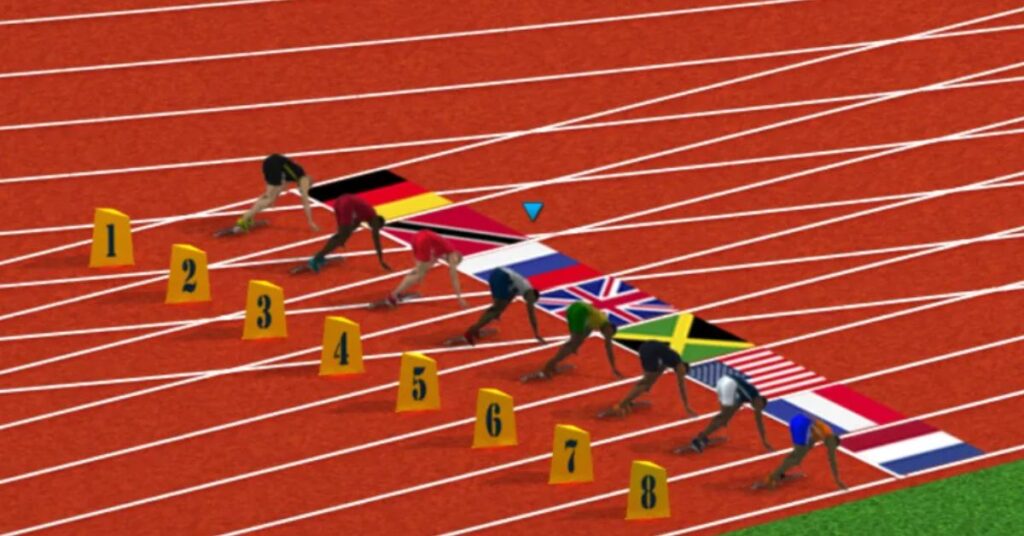
A 100-meter dash, the premier sprinting event in track and field, is a relatively short distance. To cover 50 miles, you would need to run 400 round trips of a 100-meter dash. This comparison starkly contrasts the brief intensity of a sprint with the sustained effort required to cover 50 miles.
5. City-to-City Distance

In many parts of the world, 50 miles is a common distance between major cities or towns. For example, it’s roughly the distance from London to Brighton in the UK, or from San Francisco to San Jose in California. This comparison helps relate the distance to real-world travel experiences that many people might be familiar with.
6. 10 Times The Mackinac Bridge

The Mackinac Bridge, connecting Michigan’s upper and lower peninsulas, is about 5 miles long. You would need to cross this bridge 10 times to cover 50 miles. This comparison provides another infrastructure-based visualization, helping to contextualize the distance in terms of a famous landmark.
7. 8X The Central Park Loop

The main loop in New York City’s Central Park is about 6.1 miles. To cover 50 miles, you would need to complete this loop 8 times. This comparison is particularly useful for urban dwellers or those familiar with city parks, providing a relatable scale for the distance.
8. 2/3 of Hadrian’s Wall
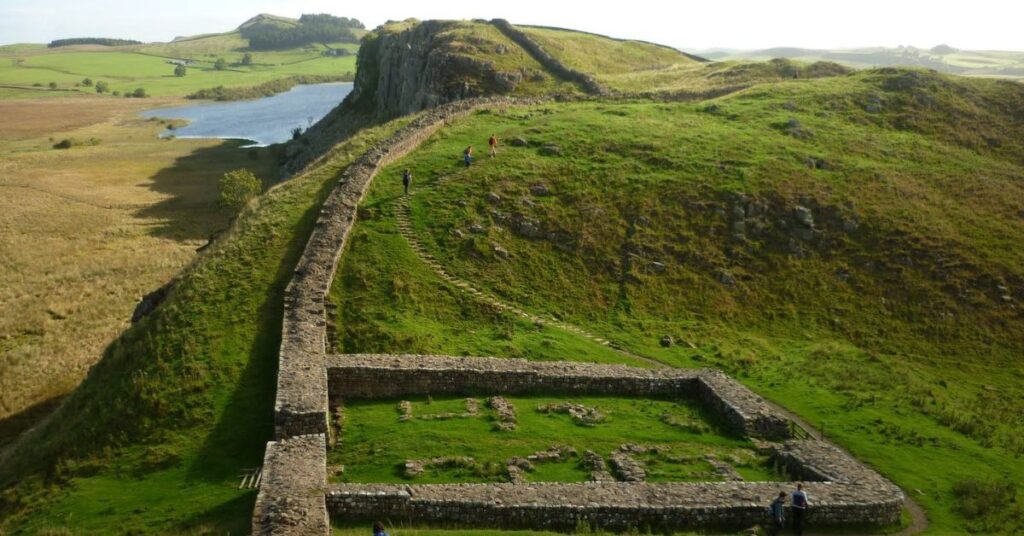
Hadrian’s Wall, the ancient Roman fortification in northern England, stretches for about 73 miles. 50 miles would cover approximately two-thirds of this historic structure. This comparison not only provides a geographical reference but also adds a historical perspective to understanding the distance.
9. Entire Length of The Panama Canal
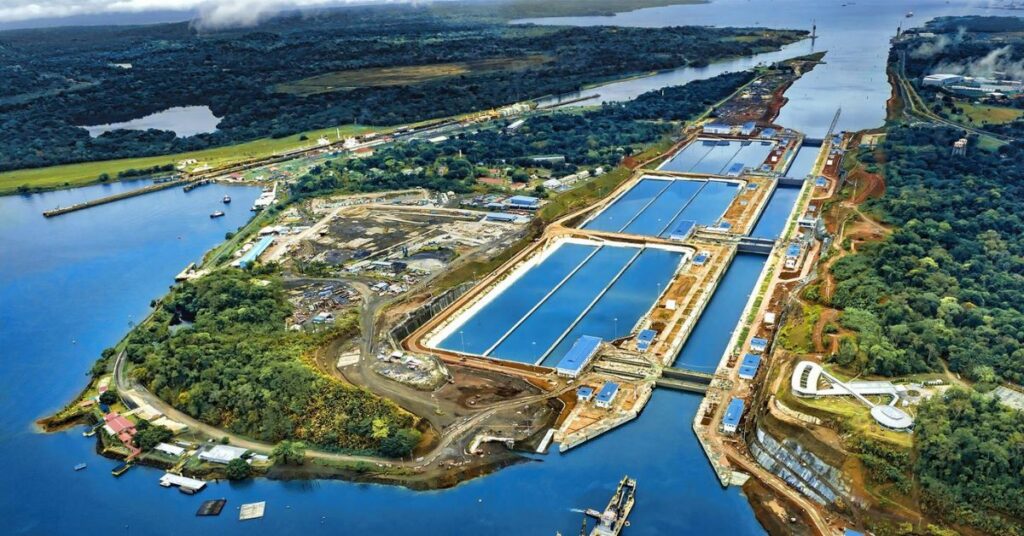
The Panama Canal, one of the most significant artificial waterways in the world, is about 50 miles long. This means that 50 miles is equivalent to traversing the entire length of this crucial shipping route. This comparison helps visualize the distance in terms of a globally important geographical feature.
10. 17 round trips along the High Line in New York City

The High Line, a popular elevated park in New York City, is about 1.45 miles long. To cover 50 miles, you would need to walk the entire length of the High Line 17 times back and forth. This comparison offers an urban perspective, relating the distance to a well-known city landmark.
11. 20 Times The Height Mauna Loa
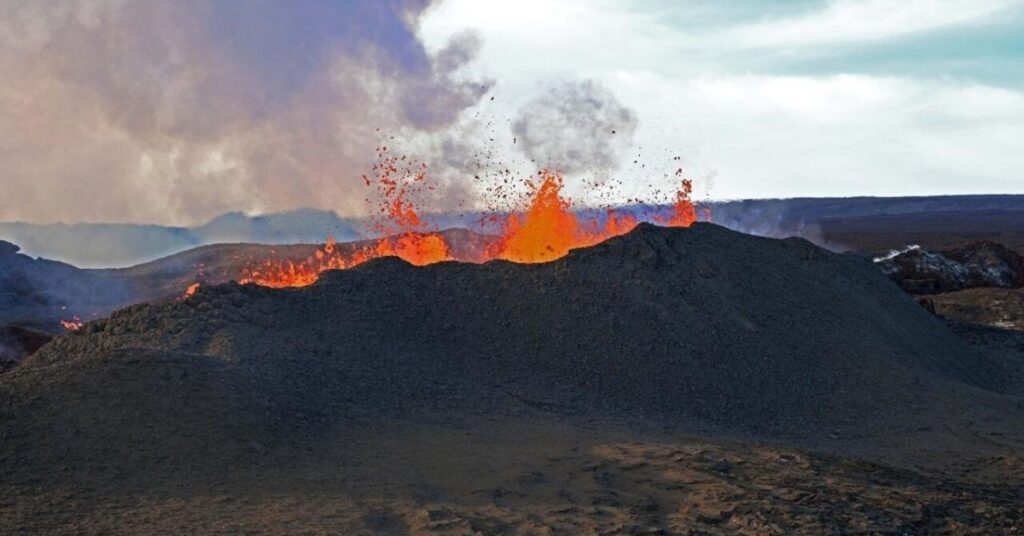
Mauna Loa, located on the Big Island of Hawaii, is the world’s largest shield volcano in terms of volume and area covered.
Mauna Loa, one of the world’s largest volcanoes located in Hawaii, stands at about 2.5 miles high from its base on the ocean floor. To reach 50 miles, you would need to stack 20 Mauna Loas on top of each other. This comparison provides a vertical perspective, helping to visualize the distance in terms of natural geological features.
ALSO READ THIS : 10 Things That are 20 inches Long/Big
12. Eleven and a half Times The Height of Mount Aconcagua
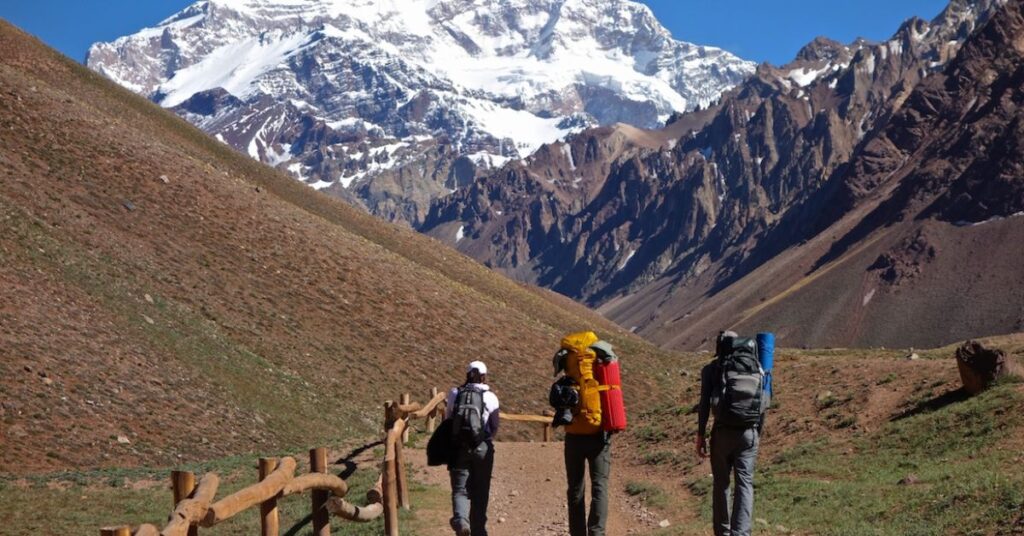
Mount Aconcagua, the highest peak in the Americas, stands at about 4.3 miles tall. To reach 50 miles vertically, you would need to stack 11.5 Mount Aconcaguas on top of each other. This comparison offers another vertical perspective, this time using one of the world’s most prominent mountains as a reference point.
Frequently Asked Questions
How long would it take to bike 50 miles?
For an average cyclist, it would take about 3 to 5 hours, depending on terrain and fitness level.
Is 50 miles considered a long drive?
It’s moderate – typically a 1-2 hour drive, suitable for a day trip but not a long-distance journey.
How many steps is 50 miles?
Approximately 100,000 to 110,000 steps, depending on stride length.
Can you run 50 miles in a day?
It’s possible for trained ultramarathon runners, but extremely challenging for most people.
How many kilometers is 50 miles?
50 miles is equal to about 80.47 kilometers.
Final Thoughts
From the length of famous bridges and canals to the height of majestic mountains, these comparisons offer diverse perspectives on this distance.
Whether you’re considering a long drive, planning an endurance challenge, or simply curious about geographical distances, these comparisons provide valuable context. They help us appreciate the varying significance of 50 miles across different scenarios – from a manageable commute to a formidable physical feat.
.

Anthony is a seasoned SEO expert with a passion for content writing, keyword research, and web development. He combines technical expertise with creative strategies to deliver exceptional digital solutions.
